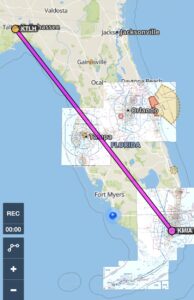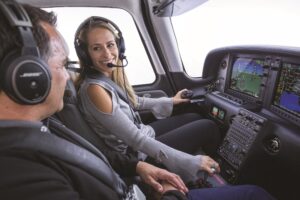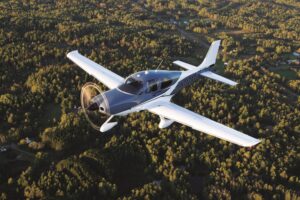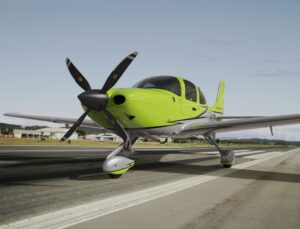 Learn to fly, they say. Those who fly often recommend becoming a pilot to enhance the utility and enjoyment of life. They tell us that developing the skills necessary to fly an airplane come into productive use in so many aspects of our lives, it is nearly an imperative that we take the leap, jump into flight training, and become the best possible version of ourselves.
Learn to fly, they say. Those who fly often recommend becoming a pilot to enhance the utility and enjoyment of life. They tell us that developing the skills necessary to fly an airplane come into productive use in so many aspects of our lives, it is nearly an imperative that we take the leap, jump into flight training, and become the best possible version of ourselves.
But is that true? Yes, it is.
One of the talents pilots possess is the familiarity they develop with calculating time, speed, and distance references. Given the aircraft we choose to fly, how long will it take for us to get from Point A to Point B, at a given speed? This may be the simplest and most productive use of high school Algebra we put into practice. It is not hard, or complicated. Yet the answers we derive from this simple calculation can easily show us how dramatically the pilot certificate can impact our lives.
Traveling from Boston to New York City is a great example. By car it can easily take more than four hours to cover the more than 200 miles between these two major East Coast cities. However, if we load up into a Cessna 172, the most popular general aviation airplane ever built, the distance can be cut by a third and the time enroute reduced by half. Suddenly our trip involves only two hours of scenic views as we travel rather than four hours on packed highways with road construction, traffic tie-ups, and the very present risk of a flat tire in the worst possible place.
That principle is true for almost any similar distance. For longer trips the advantage increases dramatically. A business trip from Miami to Tallahassee, Florida by car will take more than seven hours and transition across nearly 500 miles of the Sunshine State. An overnight stay is almost inevitable. While that same trip in a Cirrus SR22, we arrive in just over two hours as we fly over a significantly reduced distance.
The ability to travel on our own schedule, in a nearly straight line, gets us to our destination where we can do our business and still return home for dinner. The pilot wins, even if the pilot is really a real estate developer, a CPA, a lawyer, an architect, or a salesman. When we fly our world gets smaller, the size of the territory we can reasonably cover gets larger, and our ability to be productive on a whole new scale is enhanced.
That is to say nothing of the cool factor pilots enjoy, or the recreational destinations we can include in our weekend plans without cutting into our work week or wearing ourselves out on the roads.
Come see us at Rexair where we can walk you through the process of learning to fly in the Cessna 172, or help you upgrade to a Cirrus SR22 that will cut the travel time even further while providing a level of comfort and style you might have only imagined possible.



